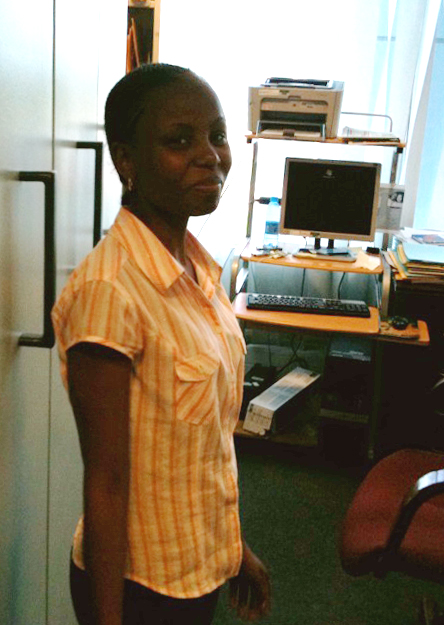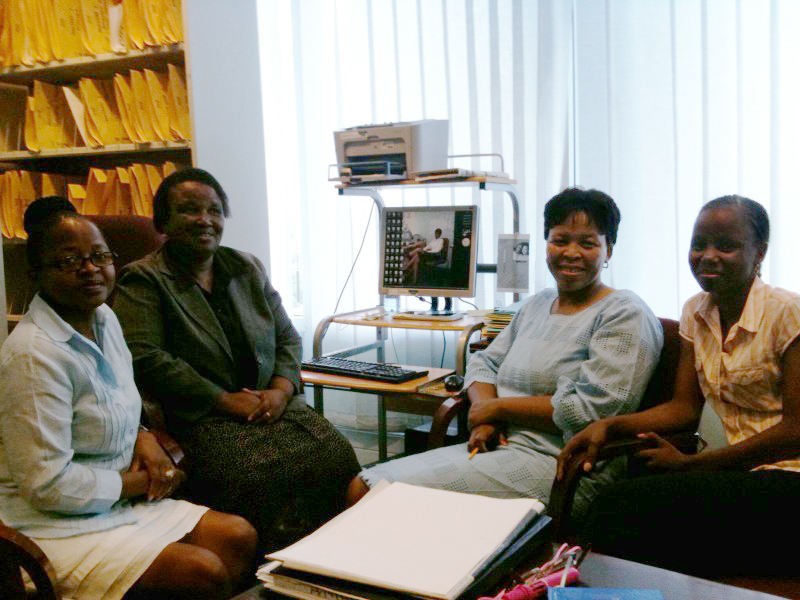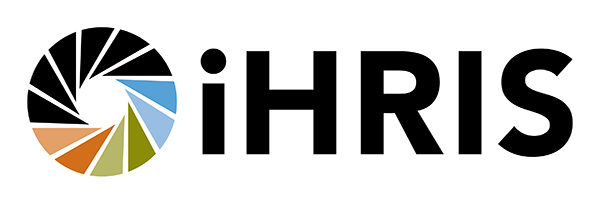Ensuring Sustainability in Botswana
Carl Leitner, iHRIS developer, recently traveled to Botswana to further the HRIS strengthening work initiated by the Capacity Project and transitioned to the South African Human Capacity Development (SAH-CD) Coalition. As SA-HCD will end in September, a key purpose of his trip was to build local informatics capacity and ensure sustainable HR information systems (HRIS) for Ministry of Health (MOH) and the Nursing Midwidery Council of Botswana (NMCB).
Botswana, like many developing countries, is experiencing a health workforce crisis and has lacked a clear and complete picture of the national situation. A year ago, there was no centralized information system available for human resource managers and decision-makers to develop, regularly monitor, and review HRH policy and plans for the national or district level – different departments in the MOH used separate systems that did not link. As a result, the institutional capacity for analyzing information for HRH policy and planning has been weak. Although significant steps have been taken to develop an HR Policy and Strategic Plan, deployment is still not rigorously directed by evidence and in a sustainable manner. This has resulted in a mismatch between service requirements and training, both in numbers and skills, and inequity in the distribution of the available human resources.
To address this, the Capacity Project worked with the MOH to install a customized version of iHRIS Manage last year, for co-maintenance by the Department of Policy and Planning, Monitoring and Evaluation, and Ministry Management. This work transitioned to SA-HCD and approximately 60% of Botswana’s health workers have been entered into the system (from data collected via paper forms over the last year). While progress has been made in implementing the system, it is necessary to ensure it is fully integrated into MOH operations.
We have made several improvements to the iHRIS Manage software over the last year. Therefore, Carl worked with Kabelo Bitsang, the local iHRIS system administrator seconded by SA-HCD to the MOH, to upgrade the software to the newest 4.0.2 version. This version contains new features based on MOH user feedback and added to the core software, thereby highlighting one of the key advantages of Open Source software – improvements made for one country are available to all countries.
In addition, version 4.0.2 will allow for decentralization of iHRIS Manage to the districts, which is a critical part of ensuring the sustainability of the system. As many of the routine HR functions happen at the district-level, data can be kept accurate. Moreover, it will increase the ownership of the system and the data it collects.
Carl reported that, “in order to ensure the MOH is on solid footing toward successful implementation of iHRIS Manage,” he spent time training Kabelo on administering the system, creating custom reports, and accessing technical documentation. Carl also trained the four data entrants (also seconded by SA-HCD to the MOH) on the 4.0.2 version and helped Kabelo create a report to track their individual progress.
During his trip, Carl worked closely with SA-HCD’s Regional HRIS Advisor, Godfrey Kyama. Together they met with departmental stakeholders in the MOH to make certain their needs are addressed by iHRIS Manage. They also met with key HRIS stakeholders outside the MOH. They visited the NMCB and assessed missing functionality of their current Health Professional Registration System. Carl advised the NMCB on necessary steps to develop their desired web-portal to increase registration compliance. He also demonstrated the iHRIS Qualify system and explained what would be required to import NMBC data into iHRIS Qualify.
 above:data entrant at the NMCB
above:data entrant at the NMCB

On a broader scale, the pair met with representatives from the Center for Disease Control and discussed the need for harmonizing information systems at the MOH. They specifically discussed improving the interoperability of iHRIS Manage and District Health Information System 2.0 software (DHIS2), as there is a planned rollout of DHIS2 to the country’s districts. Carl and Godfrey also met with a professor from the University of Botswana’s Computer Science Department to discuss the best way to increase local capacity to customize and maintain the iHRIS Manage software.
Looking back on his trip, Carl believes, “the iHRIS Manage system has a firm foundation for sustainability beyond the SA-HCD project.” This is in part due to a recent decision made by the MOH to hire Kabelo and the data entrants as permanent MOH employees. Carl recommends a few additional activities that should be undertaken to help ensure sustainability. First, Kabelo should meet regularly with the various MOH departments to determine the system reports that would be most useful for decision-making. These reports should then be posted on a web portal on the MOH site, similar to the Uganda KM portal. Also, data-driven decision-making workshops should be conducted for MOH employees along with training on iHRIS Manage. Finally, the MOH and Stakeholder Leadership Group should develop, in anticipation of the end of the SA-HCD project, an implementation plan for decentralized iHRIS Manage in the districts in collaboration with DHIS2 implementation.
While in the Southern Africa region, Carl also visited Lesotho. Look for a blog on his Lesotho trip soon.
